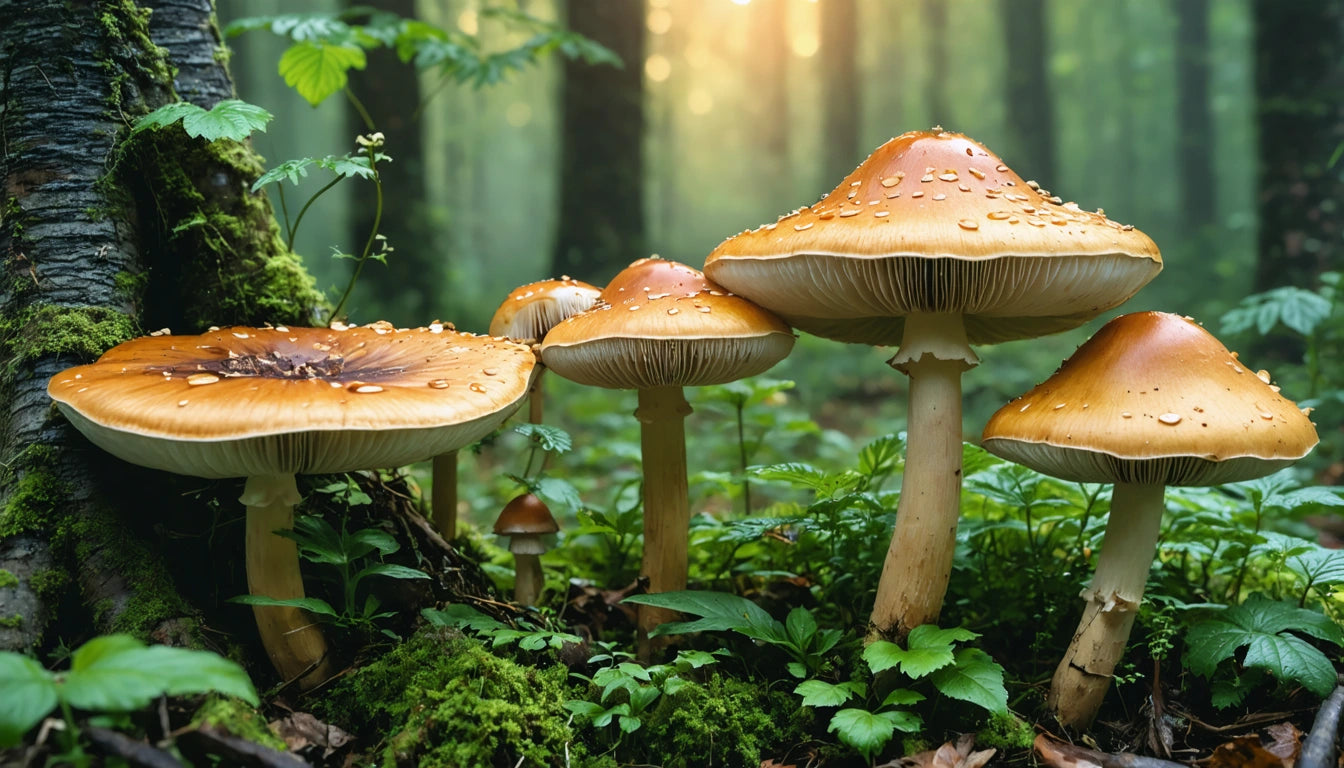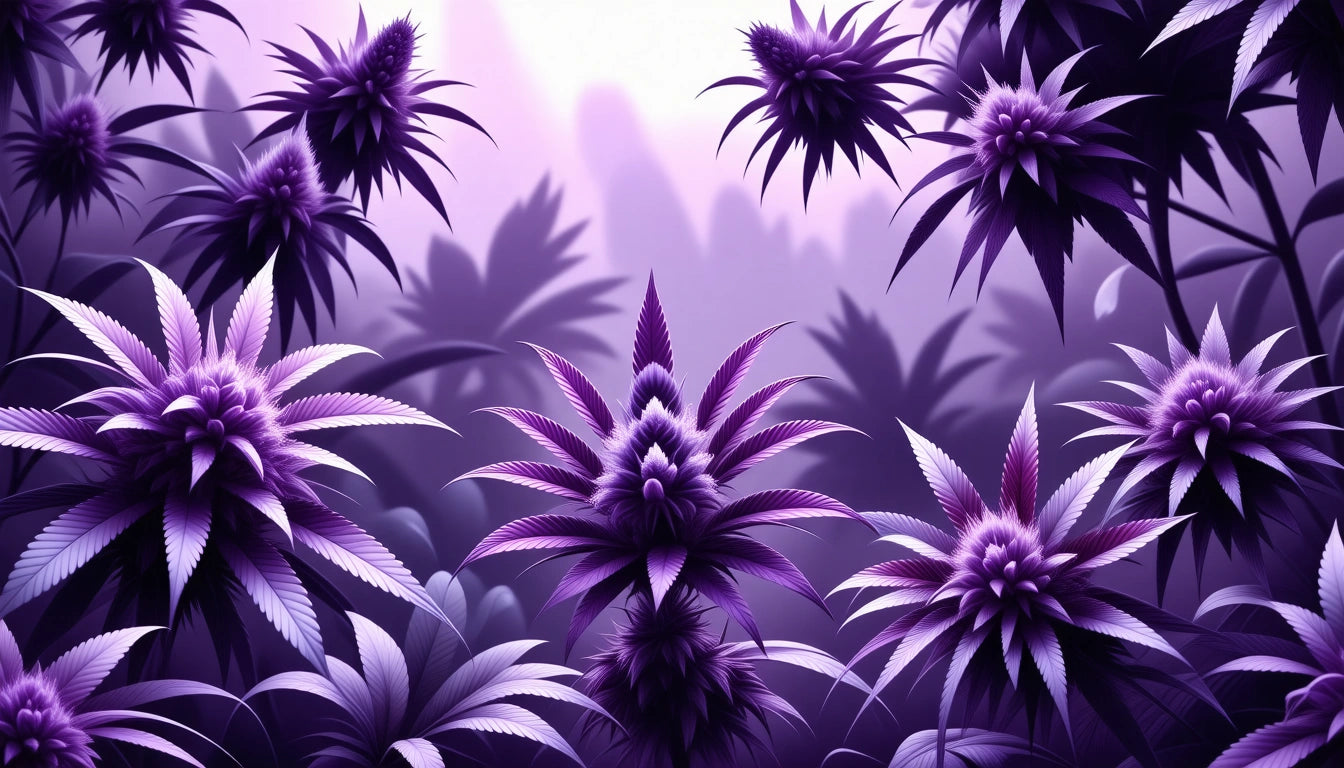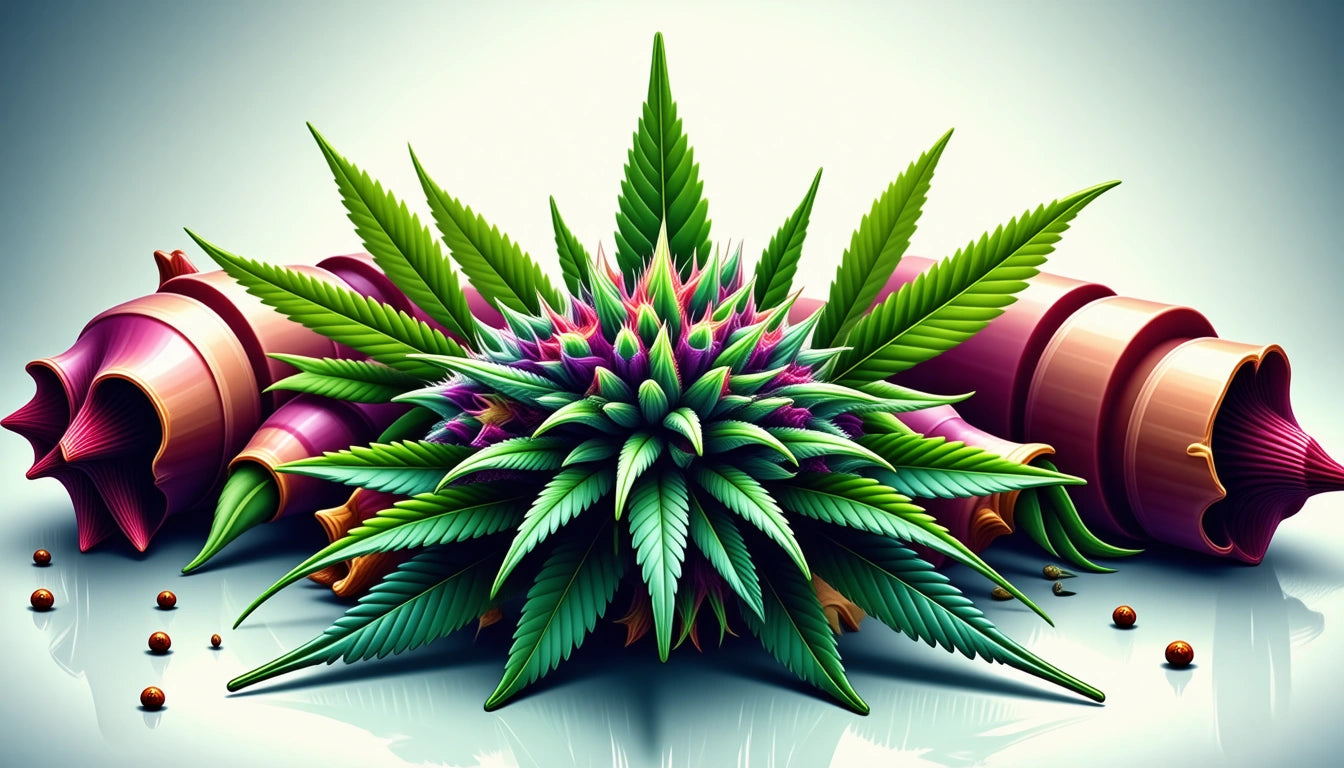Table of Contents
- Understanding Psilocybin Mushrooms
- Legal Considerations Before Starting
- Essential Supplies for Growing
- Step-by-Step Growing Process
- Different Cultivation Methods
- Timeline and Growth Expectations
- Harvesting and Drying Techniques
- Storage Solutions for Long-Term Preservation
- Common Challenges and Troubleshooting
- Responsible Cultivation Practices and Safety Considerations
A Comprehensive Guide to Growing Psilocybin Mushrooms at Home
Growing psilocybin mushrooms at home has become increasingly popular as interest in their therapeutic potential continues to rise. This comprehensive guide walks you through the entire cultivation process, from obtaining spores to harvesting and storing your final product. Whether you're interested in mycology as a hobby or seeking to produce your own supply for personal use, understanding the proper techniques is essential for success.
Understanding Psilocybin Mushrooms
Psilocybin mushrooms, commonly known as magic mushrooms, contain the naturally occurring psychedelic compounds psilocybin and psilocin. There are over 180 species of mushrooms that contain these compounds, with Psilocybe cubensis being the most commonly cultivated due to its resilience and relatively simple growing requirements.
Before attempting to grow psychedelic mushrooms at home, it's important to familiarize yourself with different mushroom varieties and their specific requirements. Some strains are more forgiving for beginners, while others may offer different potency levels or growing characteristics.
Legal Considerations Before Starting
Before learning how to grow psilocybin mushrooms, it's crucial to understand the legal landscape. In most parts of the United States, psilocybin remains a Schedule I controlled substance, making cultivation illegal at the federal level. However, some jurisdictions have decriminalized or are in the process of regulating these substances.
For detailed information on the current legal status, refer to this guide on psychedelic mushroom legality. Always research your local laws before proceeding with cultivation.
Essential Supplies for Growing
What do you need to grow psychedelic mushrooms? Here's a basic list of supplies:
- Mushroom spores or liquid culture
- Substrate materials (brown rice flour, vermiculite, etc.)
- Sterilization equipment (pressure cooker or autoclave)
- Growing containers (jars, bags, or tubs)
- Isopropyl alcohol (70%) for sanitization
- Gloves and face masks
- Hygrometer and thermometer
- Proper storage containers like mylar bags for preserving harvested mushrooms
- Spray bottle for maintaining humidity
For beginners, all-in-one grow kits are available that contain most of what you need to get started, though experienced growers often prefer to source individual components for better customization and results.
Step-by-Step Growing Process
1. Obtaining Spores
The first step in learning how to grow your own psychedelic mushrooms is acquiring spores. These can be purchased as spore syringes, spore prints, or liquid cultures from various vendors. For guidance on finding quality spores, check out this resource on obtaining magic mushroom spores.
2. Preparing the Substrate
The substrate provides nutrients for mushroom growth. Common substrates include:
- Brown rice flour and vermiculite (BRF tek)
- Whole grains like rye berries or wild bird seed
- Coco coir, vermiculite, and gypsum mixtures
Proper sterilization of the substrate is crucial to prevent contamination. This typically involves using a pressure cooker to reach temperatures that kill competing organisms.
3. Inoculation
Inoculation involves introducing spores to the sterilized substrate. This must be done in a clean environment to prevent contamination. Many growers create a still air box or use a laminar flow hood to maintain sterility during this critical step.
4. Colonization
After inoculation, the mycelium (fungal network) will begin to colonize the substrate. This process typically takes 2-4 weeks, depending on conditions and strain. During this phase, containers should be kept in a dark, warm (75-80 °F) environment.
5. Fruiting
Once fully colonized, the substrate is ready for fruiting. This requires:
- Indirect light (12 hours on/off cycle)
- High humidity (90-95%)
- Fresh air exchange
- Slightly lower temperatures (70-75 °F)
Different Cultivation Methods
There are several methods for growing psychedelic mushrooms, each with advantages and challenges:
PF Tek (Psilocybe Fanaticus Technique)
This beginner-friendly method uses brown rice flour and vermiculite in small jars. It's simple but produces smaller yields.
Monotub Tek
A scaled-up approach using larger containers and bulk substrates. This method produces higher yields but requires more experience to manage properly.
Shotgun Fruiting Chamber
A specialized container with holes for air exchange, used to maintain optimal fruiting conditions for various growing methods.
Timeline and Growth Expectations
How long does it take to grow psilocybin mushrooms? The complete cycle typically runs 1.5-2 months:
- Inoculation to full colonization: 2-4 weeks
- Initiation of fruiting conditions to first pins: 5-12 days
- Pins to harvest-ready mushrooms: 5-7 days
- Multiple flushes (harvests) can occur from the same substrate, often 3-4 before exhaustion
Patience is crucial, as rushing any stage can lead to contamination or reduced yields.
Harvesting and Drying Techniques
Mushrooms are ready to harvest when the veil beneath the cap begins to break. Careful harvesting techniques include:
- Twisting and pulling gently from the base
- Using sterilized scissors or a knife to cut at substrate level
- Handling with clean gloves to prevent contamination
After harvesting, mushrooms should be dried thoroughly to prevent spoilage. A food dehydrator set to 110-120 °F works well, or use desiccants like silica gel in an enclosed container. Properly dried mushrooms should be cracker-dry and snap when bent.
Storage Solutions for Long-Term Preservation
Proper storage is essential for maintaining potency. For optimal preservation, store dried mushrooms in airtight containers like mylar bags with oxygen absorbers. These specialized bags help protect against moisture, light, and oxygen, all of which can degrade psilocybin over time.
When stored properly in a cool, dark place, dried mushrooms can maintain potency for 1-2 years or longer. Vacuum sealing can further extend shelf life by removing air that might contain moisture or contaminants.
Common Challenges and Troubleshooting
Even experienced growers face challenges. Common issues include:
- Contamination (green, black, or pink molds)
- Stalled growth due to temperature or humidity issues
- Overlay (mycelium growing too thick)
- Poor fruiting conditions leading to abort pins
Prevention through proper sterilization and careful technique is always easier than remediation. If contamination occurs, it's safest to dispose of the affected substrate and start fresh rather than risk spreading contaminants to healthy cultures.
Responsible Cultivation Practices and Safety Considerations
Growing psilocybin mushrooms carries both legal risks and responsibilities. If you choose to cultivate, consider these important factors:
- Research and understand the safe use of psychedelic mushrooms
- Start with small doses when consuming home-grown mushrooms, as potency can vary
- Never sell or distribute your harvest, as this carries severe legal penalties
- Keep cultivation equipment and products secure and away from children
- Practice responsible disposal of cultivation waste
The best way to grow psychedelic mushrooms is with patience, attention to detail, and respect for both the organisms you're cultivating and the powerful compounds they contain. With proper technique and care, home cultivation can be a rewarding practice that connects you more deeply to these fascinating fungi.











Leave a comment
All comments are moderated before being published.
This site is protected by hCaptcha and the hCaptcha Privacy Policy and Terms of Service apply.